ICYMI: HIghlights from the week that was August 12 – August 18, 2018
No one can keep up with everything, so let us do it for you. We’ll gather the top Smithsonian stories from across the country and around the world each week so you’ll never be at a loss for conversation around the water cooler.
Sharks are thriving despite climate change and your kitty is probably plotting to kill you in your sleep. But in the midst of a rough week, we can take comfort in Julia Child’s cooking.

How Georg Baselitz turned the art world upside-down
Now on display in Washington: work of an artist with a distinctly different slant on things, as Serena Altschul shows us:
CBS Sunday Morning, August 12
He paints upside down (meaning the art, not the artist). It’s the long-time trademark of German-born painter Georg Baselitz.
Altschul met up with the artist, accompanied by his translator, at a retrospective of his work at the Hirshhorn Museum in Washington, D.C.
Altschul asked the artist, “Why turn them upside down? What does it do for the viewer?”
“There’s some sort of irritation, the view of them, and that’s intentional,” Baselitz replied. “When you’re irritated, you pay closer attention.” Read more from CBS Sunday Morning.
Cooper Hewitt to explore facial recognition at the London Design Biennale
Architects Newspaper, August 13
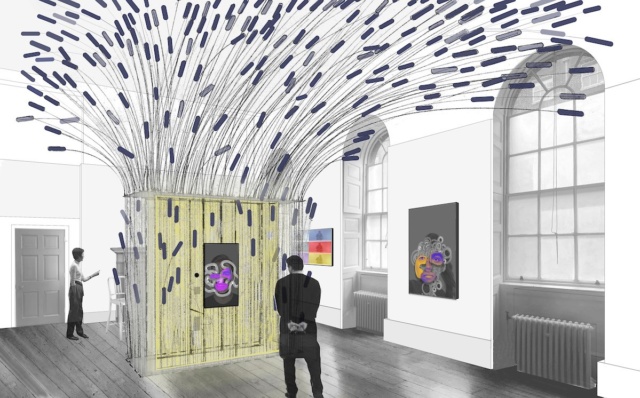
Rendering of Matter Architecture Practice’s contribution to Face Values, the U.S. contribution to the 2018 London Design Biennale. (Courtesy Cooper Hewitt)
The United States is returning to the London Design Biennale, and the Cooper Hewitt, Smithsonian Design Museum will once again represent the U.S. in 2018. In Face Values, the Cooper Hewitt will bring an interactive installation about facial recognition technology to London and will confront participants with the knowledge that their faces have become commodified data.
The London Design Biennale 2018 will run from September 4 through 23 at Somerset House in central London. This is the design festival’s second year, and exhibitors from all over the world have been invited to explore this year’s theme of “Emotional States.” Thirty-six countries contributed to the 2016 Biennale with pieces that scrutinized or subverted the idea of “Utopia by Design.” Read more from the Architects Newspaper.
An Outline of Over 200 Years of Silhouette
The oldest object on view documents an ugly reality, showing on brown paperboard one of the earliest known images of a slave in the US, accompanied by a bill of sale.
Hypoallergic, August 14
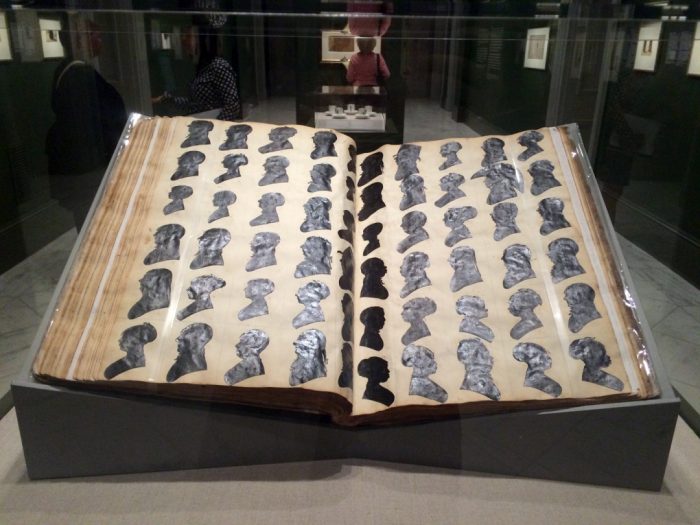
Ledger Book of William Bache, with associated pieces (c. 1803-1812) (Photo by Claire Voon)
The double portrait looks relatively unremarkable: framed by delicate strands of human hair, the two silhouettes of women facing each other could represent the same individual, with pinned-up tresses and no details that identify either. But as preserved documents and letters suggest, the image is notably one of the earliest known likenesses of a same-sex couple. The sitters were Vermonters Sylvia Drake and Charity Bryant, who posed for this portrait in the early 19th century; when they passed away, they were buried in the same cemetery beneath a shared gravestone.
How silhouette portraits, although visually simple, have recorded stories that would otherwise likely be forgotten — or never documented — is one key concern of Black Out: Silhouettes Then and Now, an exhibition at the Smithsonian’s National Portrait Gallery. Curated by Asma Naeem, the Portrait Gallery’s curator of prints, drawings, and media arts, the exhibition features about 50 objects that date from 1796 to today, emphasizing the narrative possibilities of this deceptively elementary medium. It is the first major museum show to examines these delicate, pitch-black pictures as a significant art form. Read more from Claire Voon for Hypoallergic.
Celebrate Julia Child’s birthday with French cooking classes, dinners and more
Because people who love to eat are always the best people.
Today, August 13
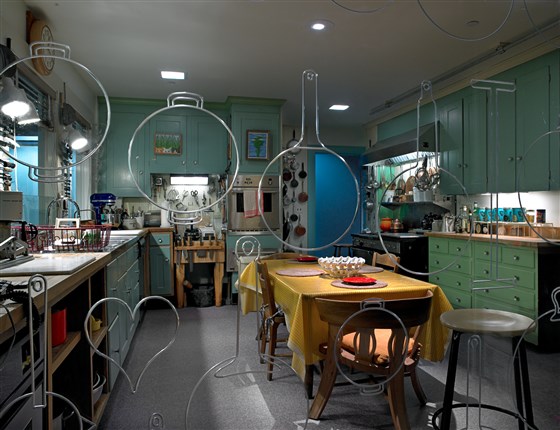
Photo of Julia Child’s kitchen courtesy of the National Museum of American History.
It’s been over 105 years since Julia Child was born but her influence on the culinary world has never been stronger in the age of the celebrity chef.
Aug. 15 marks what would have been Julia Child’s 106th birthday and to honor her memory, plenty of places have planned events across the country that will celebrate her career and help people master her signature style of cuisine: French food. Read more from Aly Walansky for Today.
Why sharks are thriving near the NC coast (Opinion)
The News & Observer, August 14
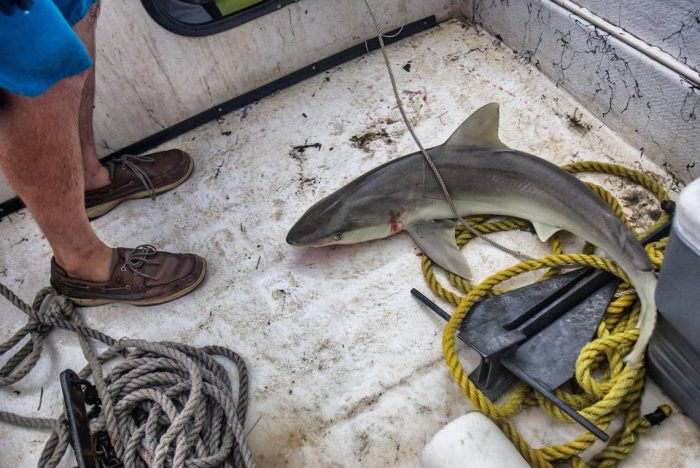
Chuck Bangley and his crew catch and measure a female Blacknose Shark during a research trip off the North Carolina coast near Cape Lookout on Sunday, July 11, 2015. The team hopes to varify and identify the species of sharks found in the estuary waters of the sounds.
Tegan Johnston tjohnston@newsobserver.com
Climate change is negatively impacting our relationship with our state’s coast. Our famous beaches are taking a heavy hit from rising sea levels. Meanwhile, loss of property, loss of natural coastal habitats, and changes to our fisheries threaten our economic well being.
Sea levels are rising especially fast in the southeast, bringing potentially devastating losses to property values and real estate. Hurricane damage and chronic flooding due to rising seas a huge concerns. By 2045, more than 15,000 homes are at risk of being flooded on more than 26 days every year. Read more from Charles Bangley and Justin Baumann for the News & Observer.
DC Museum Pays Respect to Aretha Franklin With Portrait
NBC4 Washington, August 17
A portrait of Aretha Franklin, the undisputed “Queen of Soul,” was installed at the Smithsonian’s National Portrait Gallery Friday.
Franklin, who was known for classics like “Think,” ”I Say a Little Prayer” and her signature song, “Respect,” died Thursday at age 76 from pancreatic cancer.
Franklin’s portrait is on the museum’s first floor in the In Memoriam space.
The portrait is a color lithographic poster that was created in 1968 by graphic designer Milton Glaser. The museum says the poster’s colorful, geometric shapes convey the “creative energy of Franklin’s performances.”
Cats Have A Killer Impact on Reptiles
Experiments in Australia reveal that kitties are catching more than birds.
National Geographic, August 17
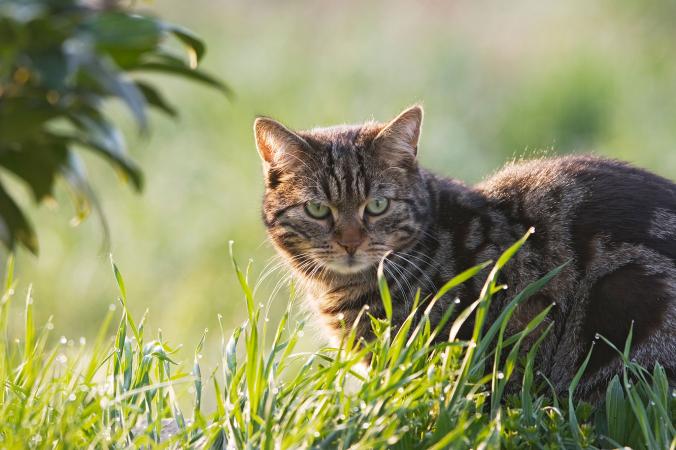
They may look cute, but cats’ killer instinct may be driving down whole populations of reptiles, according to new research.
PHOTOGRAPH BY KONRAD WOTHE, MINDEN PICTURES/NATIONAL GEOGRAPHIC CREATIVE
REPTILES ARE LOSING more than just their tails to cats. In fact, new research shows that entire reptile populations may be dropping due to the presence of invasive felines.
Research has shown that domestic cats and their feral counterparts are capable of huge impacts to bird populations—one house cat and its offspring were purportedly all it took to push a bird that lived only on Stephens Island in New Zealand into extinction. Read more from Joshua Rapp Learn for National Geographic.
Posted: 24 August 2018








